GATHERING PLACES
MAY 15, 2022 These are the gathering places, where most things can remember...old warm bugs, trails in slushy snow, small gifts, deep seeds, the first stones, the rattle of rain on leaves, the spaces where moths glide toward the light, long shadows...this is where we begin.

“If it is a human thing to do to put something you want, because it’s useful, edible, or beautiful, into a bag, or a basket, or a bit of rolled bark or leaf, or a net woven of your own hair, or what have you, and then take it home with you, home being another, larger kind of pouch or bag, a container for people, and then later on you take it out and eat it or share it or store it up for winter in a solider container or put it in the medicine bundle or the shrine or the museum, the holy place, the area that contains what is sacred, and then next day you probably do much the same again—if to do that is human, if that’s what it takes, then I am a human being after all. Fully, freely, gladly, for the first time.” The Carrier Bag Theory of Fiction, Ursula K. Le Guin.
DISPATCH 01 - YEAR 03: SKY
In half a mile we will lose the sky. Our bodies are knee-deep in the green-black smell of rot and renewal and in this place everything is eating. My God is dark, and like a web: a thousand roots, silently drinking.
They told us this world was dead but we see through the leaf-litter, through the blackened tree-trunks and the bog-pools and the poisoned, furious things that live in them. This silence is movement, this silence is worth dancing in.



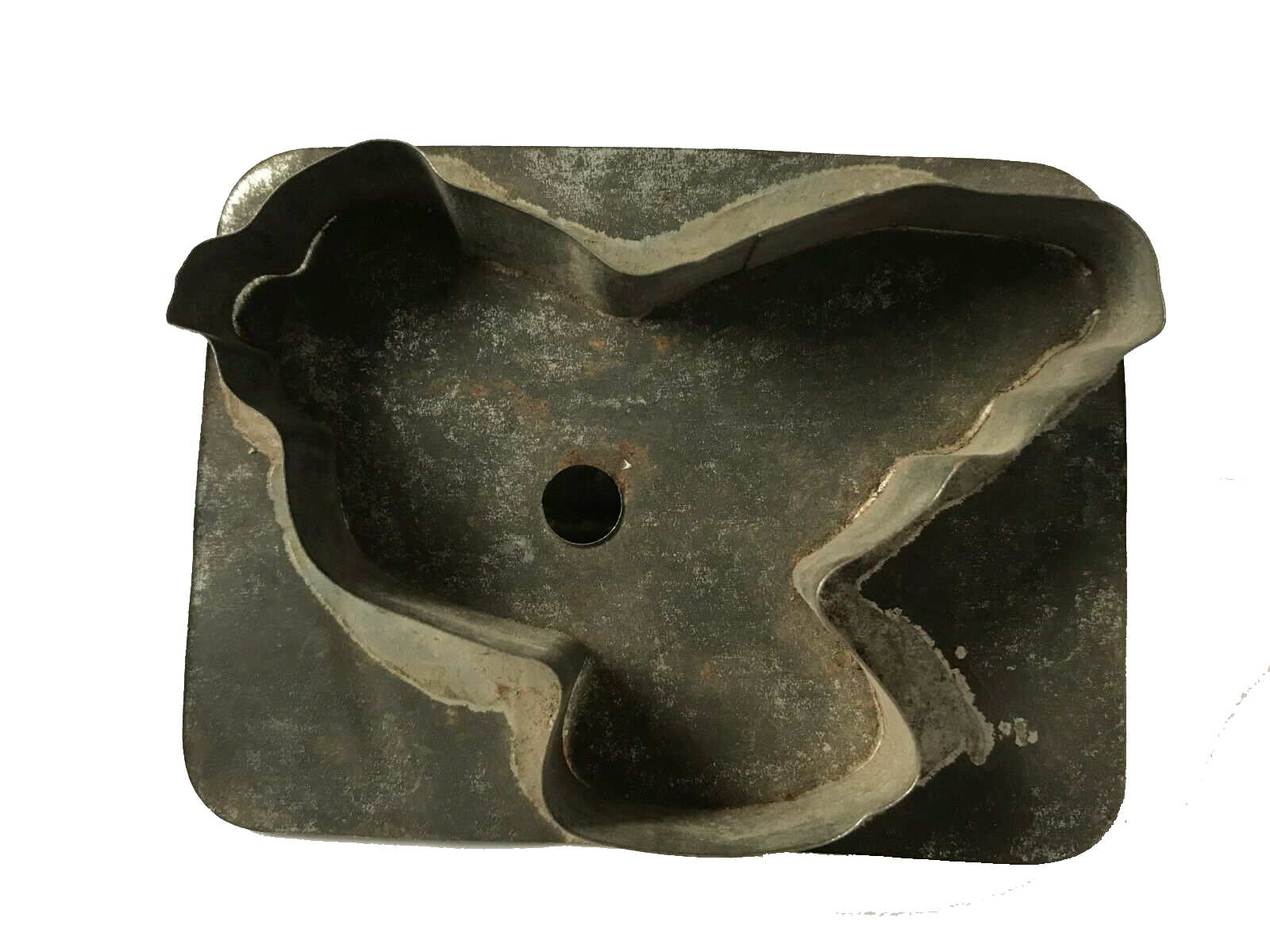
We stopped to stare at the towering metal structures across the water, gasping for breath as they filled each barge. This is the big mouth where the two rivers meet. They took me to the edge of the Jeep farm (a middle-place, perhaps no-place), where vehicles arrived in protective stickers to wait for a while; a nursery filled with new, dead objects. We moved through the forest park, noting that some stems had twisted into strange shapes, stuck in an awkward dance. We decided not to pick here, assuming they had been sprayed the year before. We found a vibrant patch of nettles between patches of miner's lettuce and cleavers (sticky things) and gathered for a while.

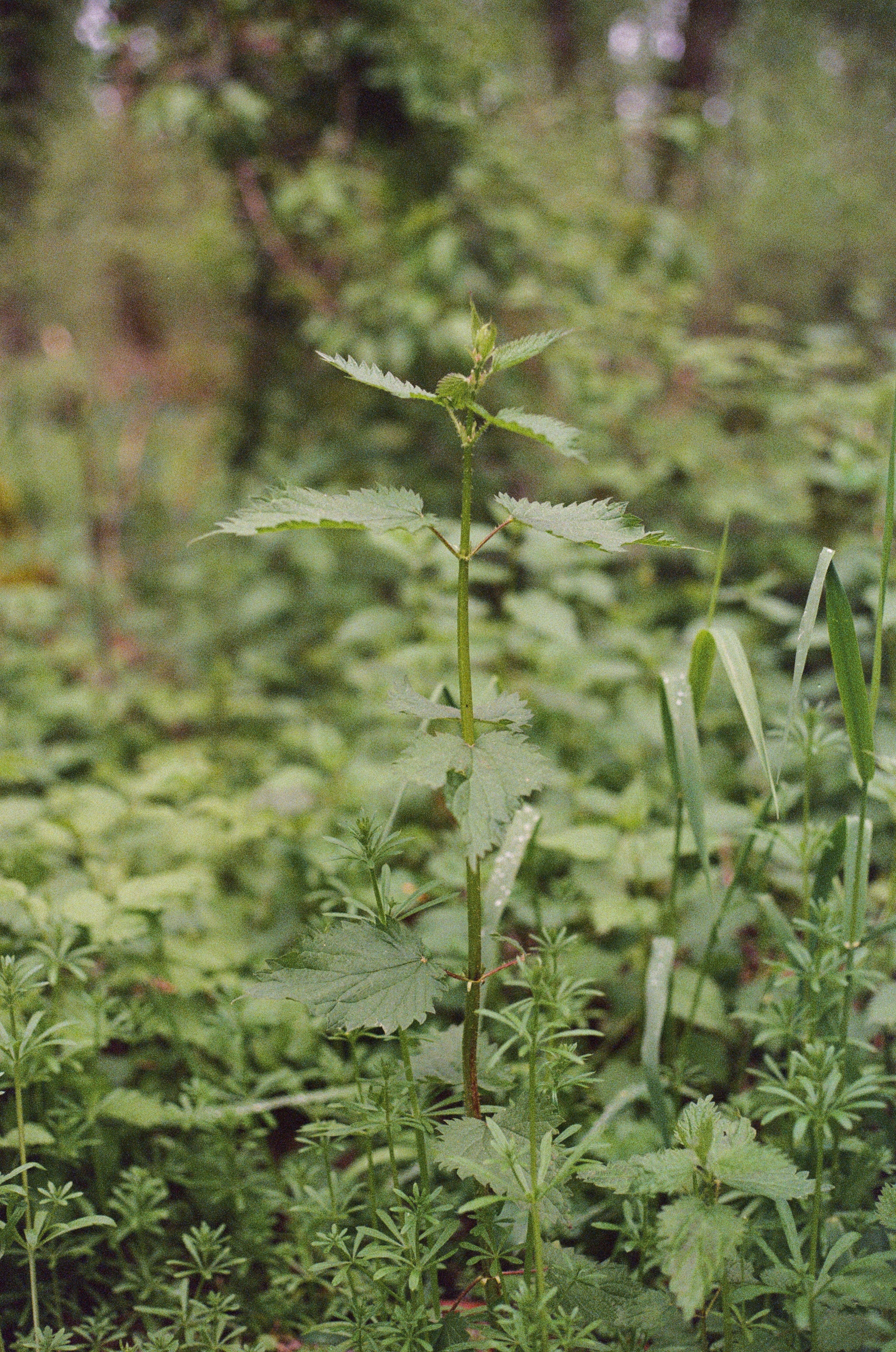
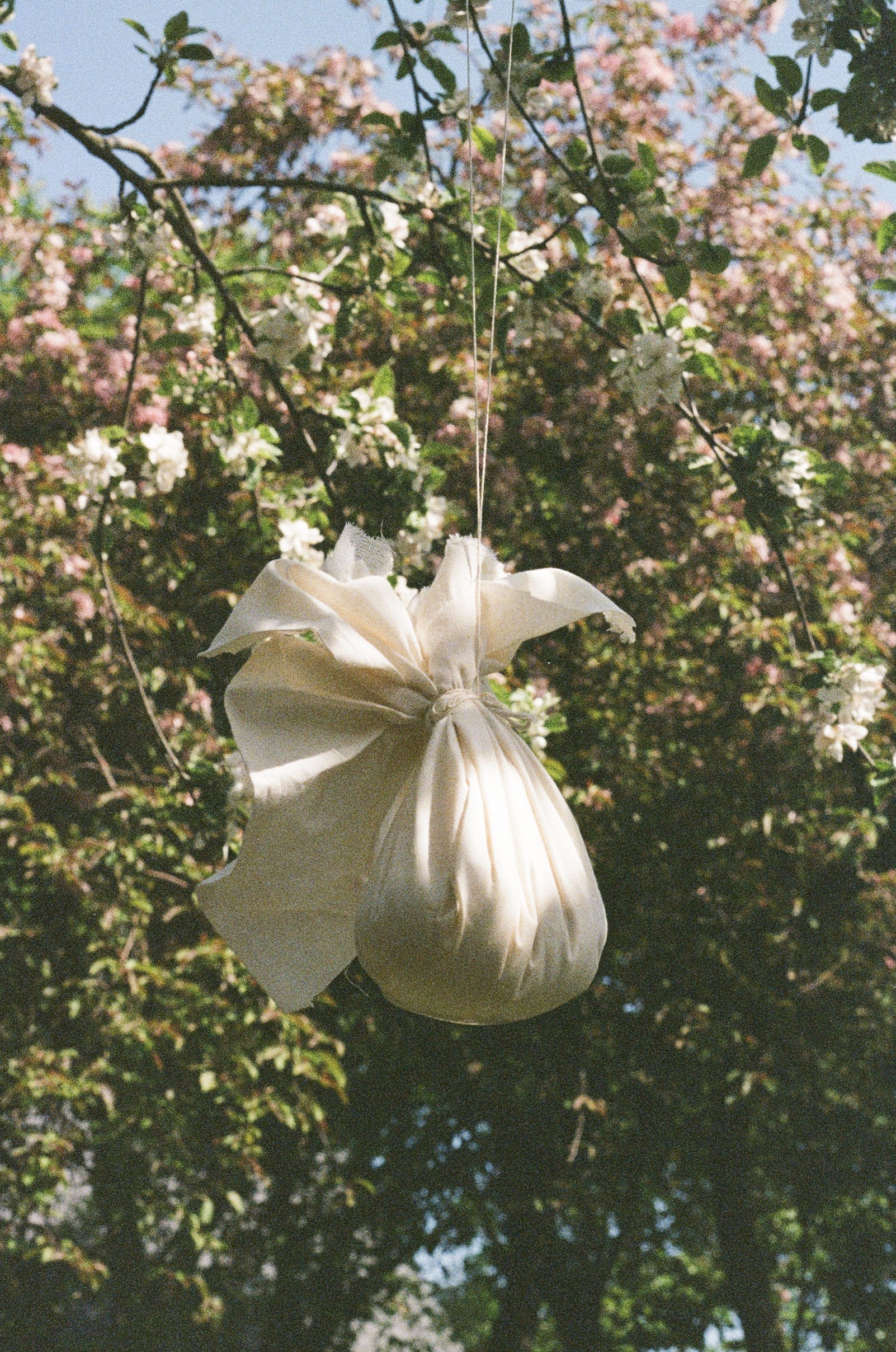
Stinging Nettle Rennet 🌱
I began with 1.5 lbs of fresh nettles. With gloves, I washed them in large bowls of cool water. After draining, I placed them in a stock pot, squished them down and filled the pot with enough water to cover. The amount of water I added was around about 12 cups.This was brought to a boil and left to simmer for 30 mins. At this point, I realized I might have added too much water. I strained and squeezed the mixture, added a tbsp of salt and simmered the remaining liquid for 2-3 more hours until it reduced to around 3 cups. This was decanted and stored in the fridge for a few days until I made cheese.
Nettle Rennet Cheese 🧀
Half a gallon of local milk (not labeled ultra-pasteurized) was heated slowly to 100° F. It was then taken off the heat. I added 1 tsp of lemon juice and 3/4 cup of nettle rennet. The acidic component was probably unnecessary, but with acid-curdled cheese as my main experience, I was trying to ensure some success with my milk. The mixture was stirred very gently and left to incubate overnight (around 12-18 hours) in the pot, and covered, with a seedling warming mat wrapped around it. An Instant Pot or some towels would also do the trick. The next morning, there were silky curds! These were ladeled and strained in a fine weave muslin cloth and left to drain for several hours.
- I read that you can try adding calcium chloride next time if not using raw milk to get a firmer curd. It might just be worth sourcing raw milk.
- The cheese got bitter after a few days. While cheeses made with nettle rennet are known to get bitter as they age, I’m not sure if the bitterness came from marinating it for two days in olive oil and herbs or just because of the time frame.
- Leftover whey can be used in soups or as the liquid in savoury baking recipes. Leftover nettles can be used in pasta or dumpling dough or dried and used in bioplastics.
THE HONORABLE HARVEST
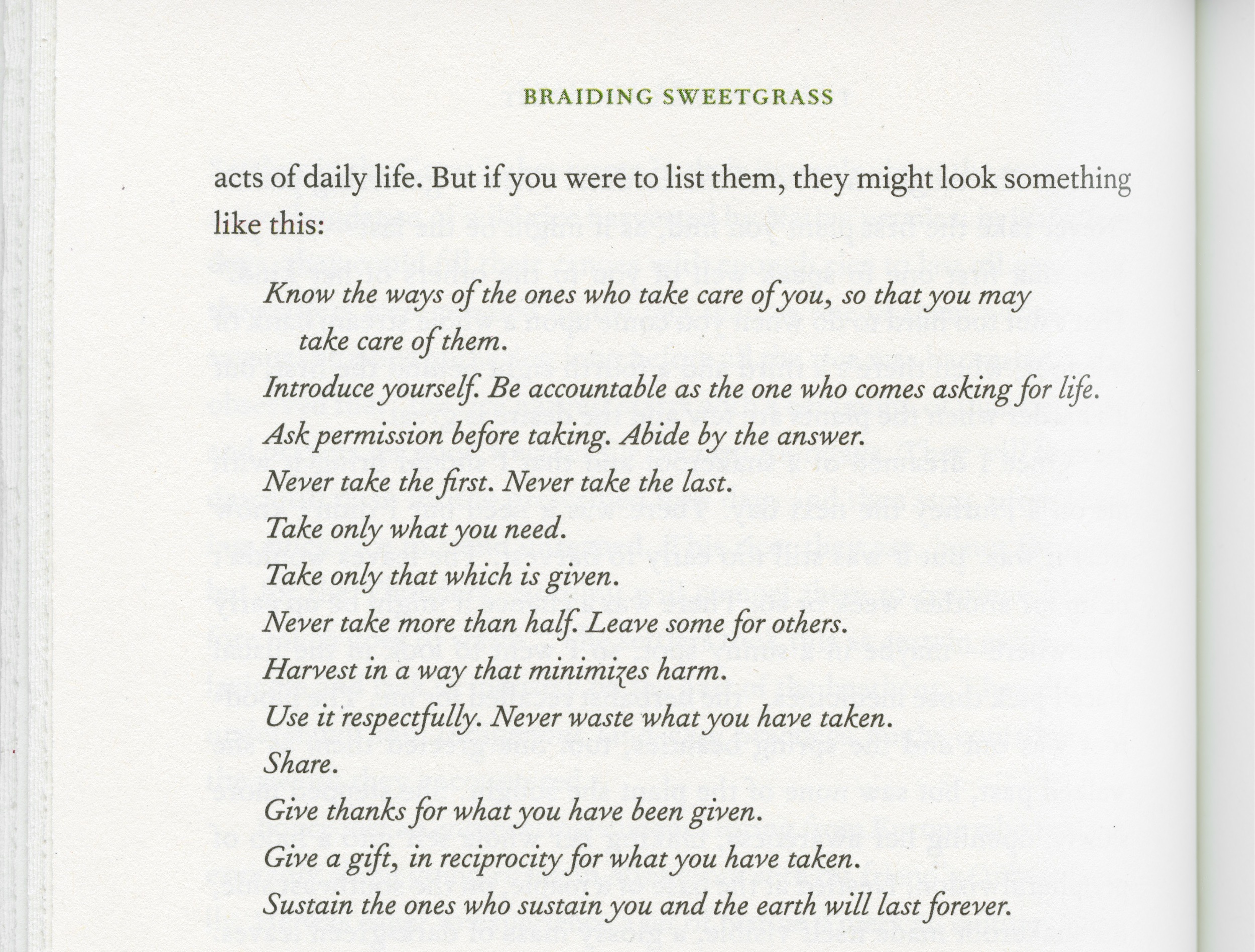
“The guidelines for the Honorable Harvest are not written down, or even consistently spoken of as a whole—they are reinforced in small acts of daily life....Unlike the state laws, the Honorable Harvest is not an enforced legal policy but it is an agreement nonetheless, among people and most especially between consumers and providers.” Braiding Sweetgrass: Indigenous Wisdom, Scientific Knowledge, and the Teachings of Plants, Robin Wall Kimmerer This list is transcribed on Google Docs here.
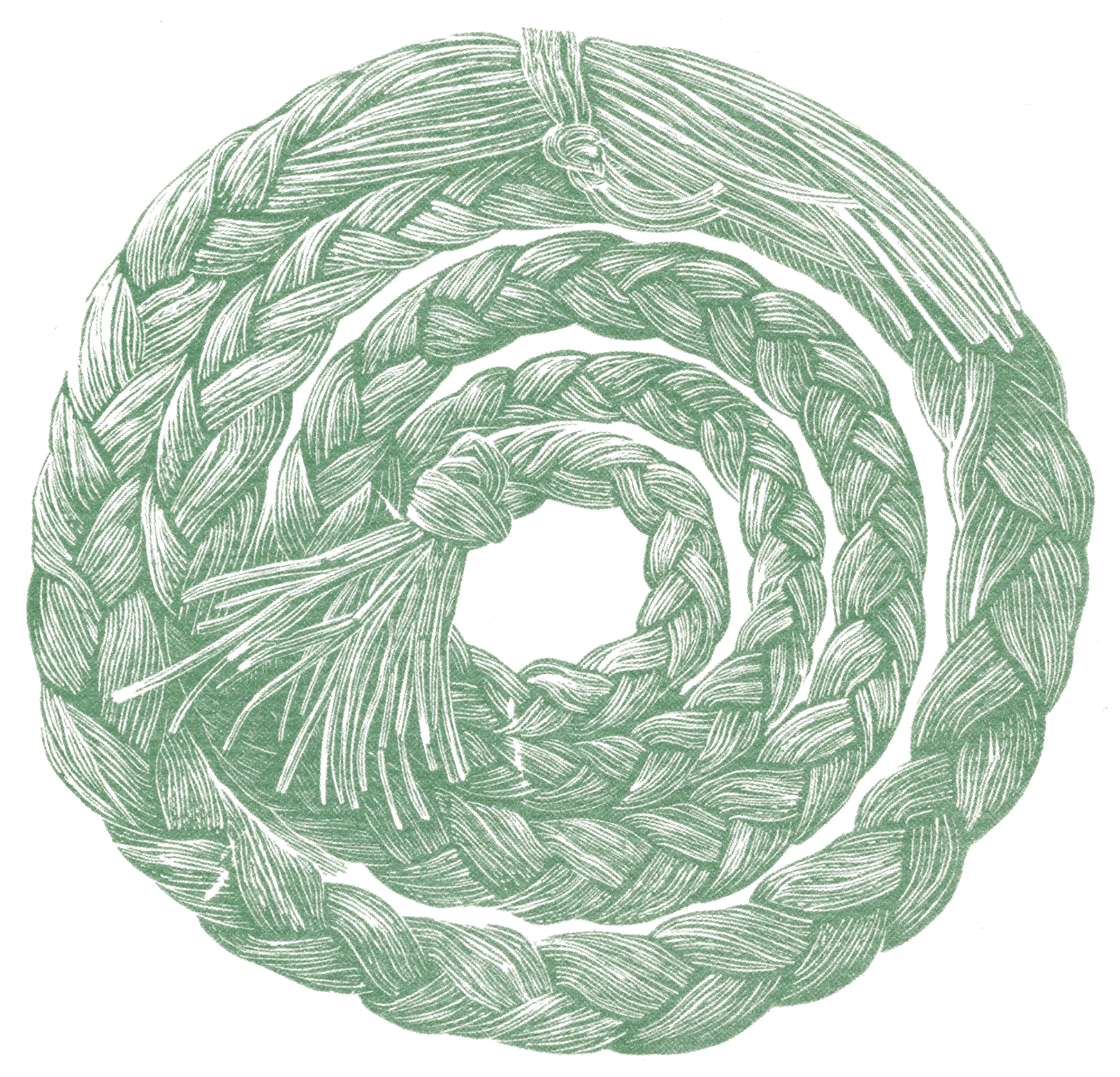
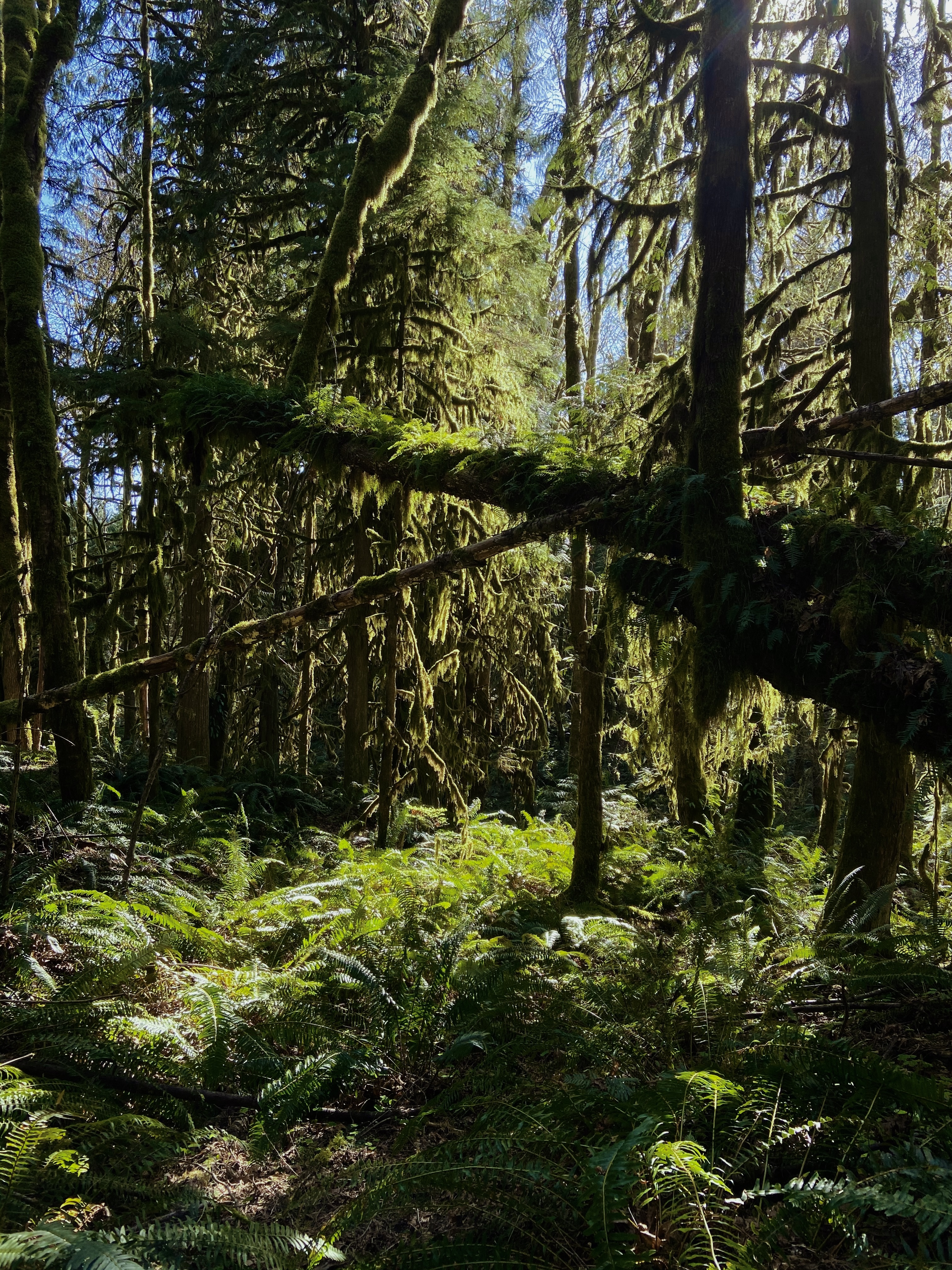
A Brief History of Foraging & Trespass
I originally encountered the history of racist anti-trespass laws through a post by Wretched Flowers, a collaborative floristy, ceramics and textile practice that focuses on locally foraging and harvesting dead flowers for boquets. Last year I encountered this video by Alexis Nikole Nelson (@BlackForager), a wild food educator that’s very popular on TikTok. She does a great job of explaining these postbellum anti-trespass laws, how a law can be racially targeting without explicitly having to say so.
Notes on Food Law Gone Wild: The Law of Foraging by Baylen J. Linnekin
- Modern foraging laws were created to infringe upon the rights of Indigenous folks, Black folks, and rural white farmers
- Foraging has an aesthetic value; foraged goods are found marked up in high-end restaurants even though wild foods are a free resource
- Using the flawed notion that agricultural societies are more advanced than hunter-gatherer societies, foraging laws have been used to further displace Indigenous peoples and practices which are vital for preserving cultural and spiritual traditions and for providing sustenance
- For newly freed enslaved folks, anti-trespass laws further kept Black people from being self-sufficient; without wild foods to consume, trade, or sell, Black people without land were limited in bargaining power that could allow them to leave the plantation system
- Conservationists sometimes pit themselves against foragers, accusing some of “ridding the land of native plants”; however many foragers are conservationists themselves, understanding that foraging is a reciprocal process of give and take
- Acts that allow people to enjoy nature must include foraging; the “benefits of foraging can only be maximized if the practice is legal”
- The museumification of parks relates to the idea in landscape architecture that the urban park is a respite from the city (ie. labour) functioning as a resting place; “early parks advocates” determined which activities were rural and which were urban (foraging was rural)
- See: “Gathering ‘wild’ food in the city: Rethinking the role of foraging in
urban ecosystem planning and management”, Rebecca J. McLaina, et. al. for more on this parks discussion

From Ana Cecilia Alvarez‘s “Look for America” in Real Life Magazine,
“...to the National Park Service, nature is something to be managed in order to keep it natural. This myth has spurned devastatingly foolish policies, like the active suppression of fires in the Sierran forests: What stronger symbol than fire to rattle the vision of an undisturbed wilderness? The forests, in fact, need fire, to clear lower brush, to aid certain trees in reproduction. It is now widely accepted amongst forest managers that indigenous people regularly set fires as part of broader practices to actively cultivate and tend to the forest. It never occurred to the first white settlers who came to Yosemite and exclaimed that it had the pristine beauty of a European garden that it in fact was a garden, that this untouched wilderness was formed from intentional and continual human interaction.”
Now Available